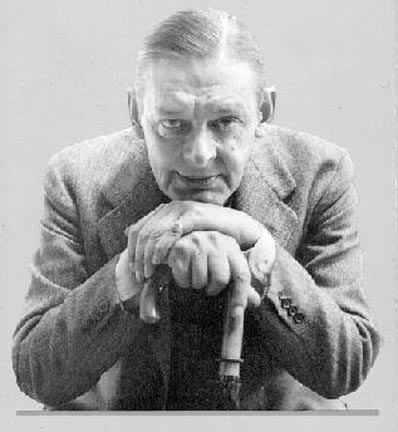
Modernism was a step away from the romantic era into making art that is new and influenced by many things that were going on in the world. Technological advances played a large part in the creation of modernism. I think a modernist would respond to the question what is art and who decides by saying that art in the modern sense is something that can be based on perception. It doesn't have to be a picture of nature but rather how we see nature. It is very structural and deconstructed sometimes and may not look like what it is portraying. Modern art shows the viewer in the picture so to speak by creating something that is not only based on the actual reality but the viewers reaction to it. The people who decide are the creators who make the pieces as well as the public. Modern art takes subjects that were not previously acceptable and makes pieces about them like T.S. Elliot did. Sometimes (but not all the time) art is a reaction to the changing times and it may reflect that. However it doesn't always have to be that and there in lies the beauty of modern art.




